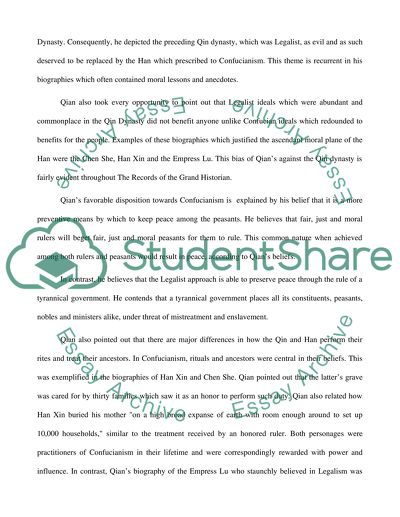Cite this document
(“East Asian Essay Example | Topics and Well Written Essays - 1000 words”, n.d.)
East Asian Essay Example | Topics and Well Written Essays - 1000 words. Retrieved from https://studentshare.org/miscellaneous/1522580-east-asian
East Asian Essay Example | Topics and Well Written Essays - 1000 words. Retrieved from https://studentshare.org/miscellaneous/1522580-east-asian
(East Asian Essay Example | Topics and Well Written Essays - 1000 Words)
East Asian Essay Example | Topics and Well Written Essays - 1000 Words. https://studentshare.org/miscellaneous/1522580-east-asian.
East Asian Essay Example | Topics and Well Written Essays - 1000 Words. https://studentshare.org/miscellaneous/1522580-east-asian.
“East Asian Essay Example | Topics and Well Written Essays - 1000 Words”, n.d. https://studentshare.org/miscellaneous/1522580-east-asian.


